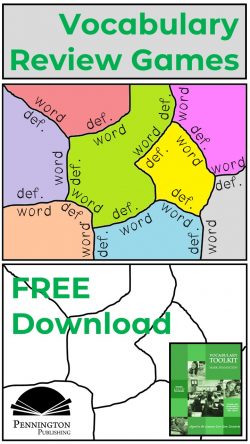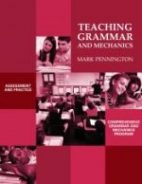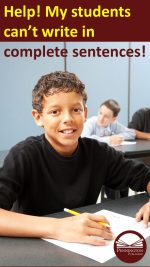How to Teach Precise Vocabulary

Comprehensive Vocabulary
Our pool of knowledge is built with words. Knowing the precise meanings of these words is crucial to developing academic vocabulary to think, read, and write well. Words build upon words. These foundations hold up houses and skyscrapers.
Since independent reading remains the chief vehicle that we use to access words, educators would be wise to focus on this point of access. Learning precise vocabulary is, of course, one of the keys to reading. The point of this article is that it is the precision of vocabulary words are the lower level gatekeepers that allow readers access to the higher level thinking, reading, and writing skills.
However, some may be thinking… How can we be sure of precision when even the dictionaries disagree? Merriam-Webster defines precision as “the degree of refinement with which an operation is performed or a measurement stated”. Oxford Dictionary defines precision as “The quality, condition, or fact of being exact and accurate“.
Others may be thinking… Aren’t all words subject to individual interpretation? To some degree, yes. However, words do have a collective consciousness of meaning. They do connect to objective realities. In other words, words are not totally subjective. Words must be denotatively internalized and connotatively applied with a good deal of accuracy and skill to properly access information the way the author intends. Only when the reader understands the meaning of the author’s words can higher order thinking skills be then applied to the text.
Although that author-reader connection is a two-way street, the relationship should be weighted heavily on the side of the author. It is the author’s thoughts that we are trying to interpret, not ours per se. An author chooses words carefully because of their precise meanings and the connotations/feelings that the collective readers commonly will understand.
So, memorizing words with precise denotative and connotative definitions is important. Sloppy use of our language inhibits effective communication and leads to misunderstandings. So, what’s the bottom line here? What’s the application for teacher and learner? It is better to teach and learn fewer words with greater precision, than many words with less precision. Two vocabulary strategies assist in this effort: The Vocabulary Ladder and Semantic Spectrums.
The Vocabulary Ladder
Students draw a graphic representation of a ladder with five rungs. They take notes in between the rungs from each of the guiding prompts (in boldface). Begin with a clear, simple, and concise dictionary definition and work students up the ladder via class and teacher brainstorming and reference to appropriate text.
Example Vocabulary Word: democracy
Full Understanding
-It’s important because… it’s the foundation of our government.
-It’s different than… a republic because… a republic has a Constitution.
-It’s the same as… a republic because… both have citizens who are allowed to vote.
-Specific examples of it would be… direct democracy like a club, representative democracy like our Student Council.
-It’s an example of the following… ways decisions are made in governments and organizations.
-The definition is… rule by the people.
Basic Understanding
Semantic Spectrums
Students draw a number line with one end labeled Extreme and the other end labeled Opposite Extreme. The object is to list words in their connotative order along the spectrum of meaning. Select two vocabulary words for this activity that students fully understand that are antonyms. For example, hot and cold. Have students brainstorm synonyms to each word at the ends of the spectrum and problem-solve via consensus as to where to list each new word by degree of meaning. Select one or two unknown vocabulary words that will fit along this spectrum and read a clear, simple, and concise dictionary definition of each. Assist the students’ decision-making as to where to place these new words. Have the students write down their definitions below the spectrum.
Example Vocabulary Words: even-tempered and vicious
<————————————————————————————————————————————->
Extreme kind-hearted/nice/warm/even-tempered/cool/mean/cruel/vicious/hateful Extreme
*****
For full-year vocabulary programs which include multiple meaning words (L.4.a.), Greek and Latin morphology with Morphology Walls (L.4.a.), figures of speech (L.5.a.), words with special relationships (L.5.b.), words with connotative meanings (L.5.c.), and academic language words (L.6.0), check out the assessment-based grades 4, 5, 6, 7, and 8 Comprehensive Vocabulary.
Get the Grades 4,5,6,7,8 Vocabulary Sequence of Instruction FREE Resource:
![]()
Get the Greek and Latin Morphology Walls FREE Resource:
![]()
Get the Diagnostic Academic Language Assessment FREE Resource:
![]()









